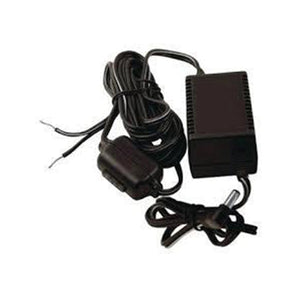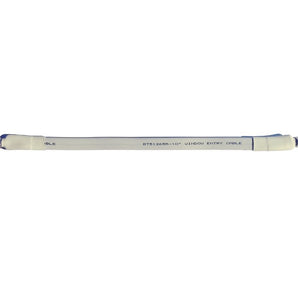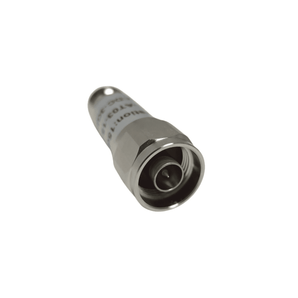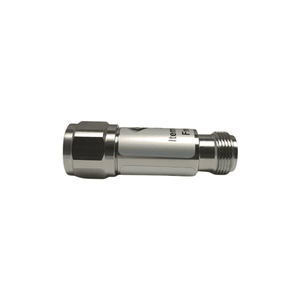

Customer:
Harmony Gold
Industry:
Installation Type:
Outdoor Repeater Solution
Size:
3000m² - 4000m²
Bolton Technical's Innovative Relay Tower Solution at Harmony Gold
Bolton Technical recently provided a vital repeater installation solution for Harmony Gold's Mponeng Mine, which boasts the world's deepest shaft, extending 3,891 meters below the surface and 2,062 meters below sea level. Located near Carletonville, about 90km southwest of Johannesburg, the mine has been operational since 1986.

The Problem
The primary challenge faced was the lack of adequate cellphone signal in the above-ground area of the mine, including offices and parking areas. This issue also extended to the front security assembly point, where all personnel entering the mine must pass through. The absence of cellular communication capabilities was significantly impacting operational efficiency and security protocols at the mine.
The Solution

Bolton Technical was approached to tackle this outdoor installation challenge. The project aimed to provide coverage over a 400m radius in a semi-circular area around the mine's administrative hub.
The team utilized signal analyzers to determine the optimal installation location of donor and service antennas, assessing the strength of incoming and outgoing signals. The solution involved deploying four sector antennas, each with a horizontal beamwidth of about 65 degrees, mounted at a height of just over 100 meters.

The equipment used in the solution included:
- Wilson A1000 repeaters, each capable of enhancing 4G LTE and 3G signals for areas up to 1,000m2.
- Four Outdoor Sector Antennas.
- Two bespoke combiners.
- Bolton Technical Power Splitter with specialized cables for each antenna.
The Results

The installation was a success, overcoming challenges such as signal overreach, signal isolation, and weak incoming signals from the cell-tower. Following the activation of the solution, staff above ground, including those in offices and parking areas, could operate far more efficiently with constant communication on their devices. The solution also addressed a significant issue at the security checkpoint, where everyone entering the mine has to pass through. With the enhanced connectivity, online access is now possible, which speeds up the entry process tremendously.
Readings Before and After:
- Vodacom: Band 1, Area: Main Office, Readings Before: -112 dBm, Readings After: -83 dBm
- MTN: Band 8, Area: Main Office, Readings Before: -118 dBm, Readings After: -89 dBm
- Telkom: Band 3, Area: Main Office, Readings Before: -108 dBm, Readings After: -81 dBm
Overall Insights:
- All three carriers (Vodacom, MTN, and Telkom) have shown significant improvements in signal strength in the Main Office area after some intervention.
- The improvements in signal strength are quite similar across the carriers, with Vodacom and MTN both showing an improvement of 29 dBm, and Telkom showing a slightly lower improvement of 27 dBm.
- The band numbers (1, 8, and 3) indicate the frequency bands used by the carriers. The signal improvement does not seem to be significantly affected by the specific band used, as all bands show substantial improvement.
- The readings after the intervention are all within a close range (-81 dBm to -89 dBm), indicating that the signal strength is now more uniform across different carriers and bands in the Main Office area.
- The improvement in signal strength is likely to result in better call quality, faster data speeds, and overall improved network performance for users in the Main Office area.

The Bolton Technical team successfully implemented a solution that has had a profound impact on the operations at Harmony Gold's Mponeng Mine. We extend our appreciation to Gino Scaglia and the Inteto Team for their collaboration and consult on this project. It was a rewarding experience, and we look forward to future opportunities to tackle challenging and intriguing projects.










